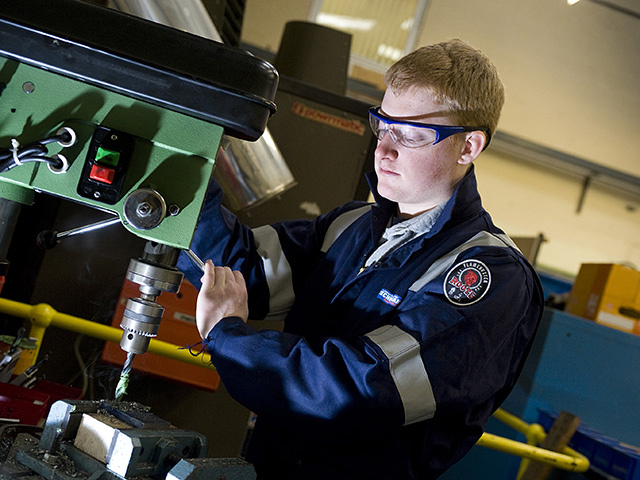
More needs to be done to retain and attract the next generation of oil and gas leaders, it has been claimed.
The rallying call comes as the latest statistics show that the average age of offshore workers has increased since the downturn.
Trade body Oil and Gas UK found in its latest ‘Workforce Report’ found the average age had increased to 42.7, yo from 40.7 in 2014, when the downturn started.
Offshore workers under 30 years of age made up just 19% of the total workforce – a 34% reduction in headcount of those under 30 since 2014.
Sean Buchan, managing partner for Europe, Middle East and Africa for executive search and leadership consultancy Ducatus Partners, said the issue had become increasingly obvious in recent years.
He said: “It is no surprise that the Oil and Gas UK report highlights that the average age of the UK workforce has increased in the downturn.
“We are frequently asked by clients to identify the leaders of tomorrow and this has become increasingly challenging during this prolonged downturn.
“We need to do more to retain and attract the next generation of oil and gas leaders who will inevitably at least have considered a career away from oil and gas and in many cases have actually made the move away from the sector.”
An ageing workforce is one of the most pressing issues for the industry because it means more of the experienced hands offshore will retire sooner than their younger counterparts – with the potential for another skills gap.
A number of schemes have been set up in recent years in an attempt to mitigate this issue.
The offshore industry suffered from a lack of fresh talent between 2012 and 2014.
The latest Oil and Gas UK report also reiterated figures released earlier this year showing that more than 160,000 people have left the industry since the height of $100 oil in 2014.
However Oil and Gas UK highlighted several positive factors, in the report.
Productivity has improved with a 42% increase oil and gas production per ‘core’ offshore worker since 2014.
The west of Shetland region has also seen the biggest growth in offshore employment, more than doubling the number of employees since 2014.
More than 4,000 people were employed in the area last year due to a string of new developments.
The pace that people are losing employment is also slowing, down to 4.2% in 2016/17 compared to 15.6% in the previous period and 19.4% in 2014/15.
Almost 60% of the UK jobs associated with the oil and gas industry were in Eng;and, with 38% in Scotland and the remainder spread across Northern Ireland and Waloes.
Of the 300,000 jobs around 52,000 are offshore based.
Over three quarters are employed within the contractor community.
Recommended for you
